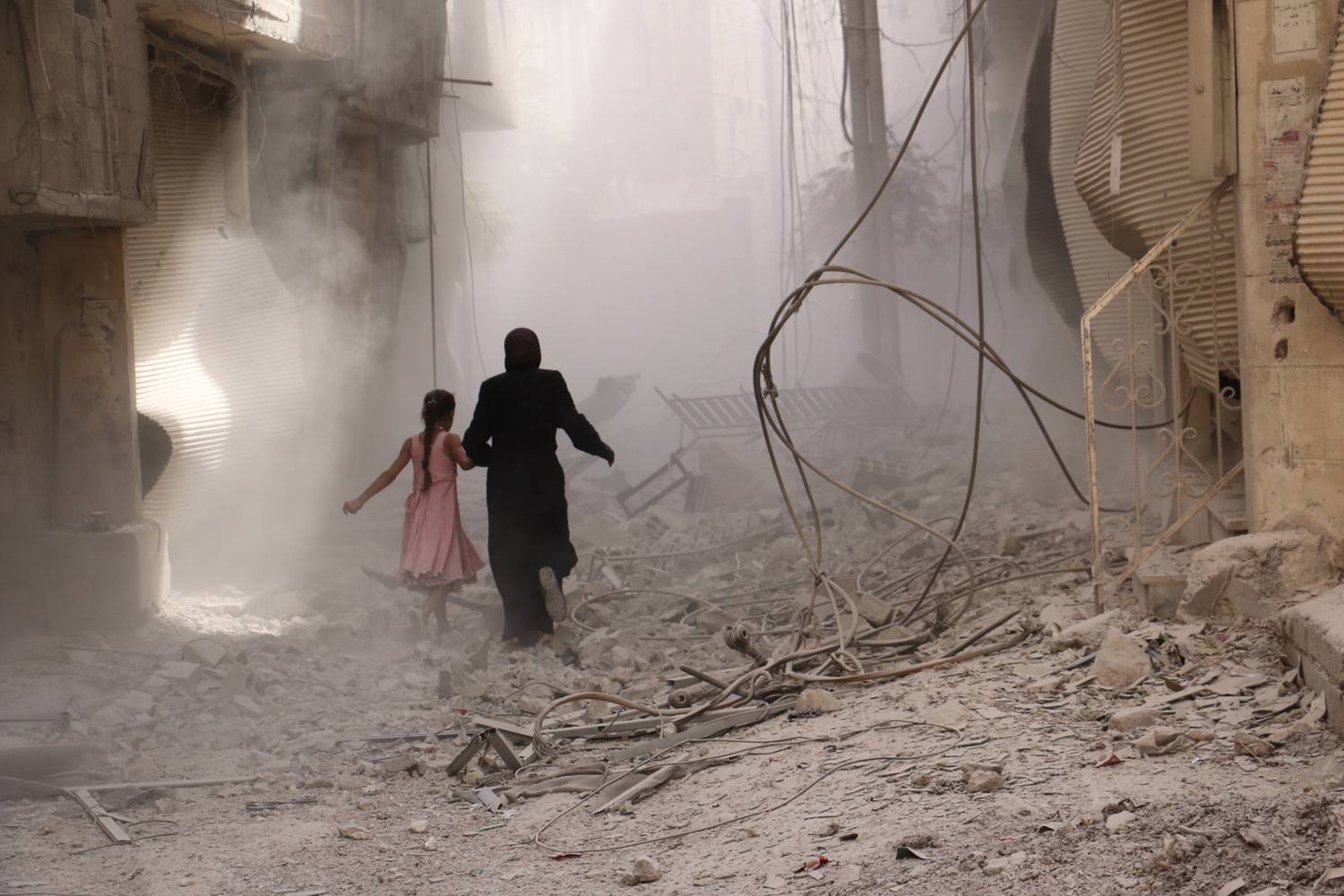
Please join us for a one-hour workshop discussion to identify avenues for research collaboration between PRIO and the Humphrey School of Public Affairs.
Dr. Ragui Assaad (Presenter)
Dr. Kristian Berg Harpviken (Discussant)
The event will be moderated by Dr. Mary Curtin.
This event begins at 16.00 Oslo time (CET).
To join the event on Zoom click here.
The majority of Syrian households in Jordan receive some kind of cash assistance, mostly from the UN and other INGOs. About 47% of Syrian households rely only or mainly on these cash transfers as a source of income, while 27% rely mainly on waged income. The rest (26%) rely on a combination of transfers, wages and on other sources of income. Yet, despite these cash transfers, data show that around 52% of Syrians live below the poverty line. To add to the problem, funding to refugee host countries like Jordan seems to be declining, and the humanitarian assistance will likely wane the longer the refugee crisis remains unresolved. Given the aforementioned reliance of Syrian refugees on NGO and IO transfers, their high unemployment rate, and the extreme incidence of poverty, household resilience is likely to be low. Indeed, Jordanian social protection has minimal coverage of Syrian refugees since the priority of the government is to mitigate the impact of the Syrian refugee influx on Jordanian households. This study will investigate what factors determine access of Syrian refugee to cash transfers and the size of the transfers received. It will also relate the receipt of transfers to multi-dimensional poverty following the methodology developed by the Oxford Poverty and Human Development Initiative, University of Oxford.
Nearly half of the Syrian refugee population is under the age of 15 and an additional 16.6% are youth (aged 15-24). Refugee youth have lower educational attainment than Jordanians, drop out of school earlier, and have limited opportunities for employment, which may in turn influence their educational persistence. These structural constraints likely contribute to the low labor force participation among Syrian youth in Jordan, at 12.1% among those aged 15-24. Given the sustained presence of refugees in the country due to the protracted nature of the crisis they have fled from, the conditions and unemployment of the youth among the refugee populations have added a new dynamic to the unemployment crisis confronting the country, which has implications for the future of refugee youth whether or not they remain in Jordan over the long term. The study uses the results of a recent survey of young people in Jordan to investigate differential access to educational opportunities by nationality and sex in Jordan and how these opportunity structures shape access to employment and livelihood opportunities.





